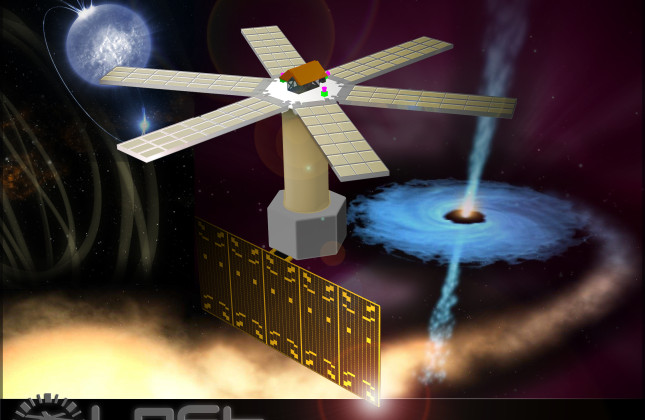The European Space Agency has made its final decision: the M3 class mission that will fly in the next decade is the exoplanet mission PLATO. The LOFT observatory, a competing high energy mission, arrived close second and will not be funded in this ESA call (a formal decision from ESA still has to be made in mid-February, but it’s safe to assume there will be no surprises).
This is certainly a great news for the exoplanet and stellar oscillation community and I acknowledge that the PLATO mission sounds wonderful with a thrilling scientific program. However, this choice is a rather bad one for the high energy astrophysicists community and for all those scientists working with fundamental physics. Indeed the LOFT mission had among its main scientific targets the discovery of the ultimate state of matter at ultra-high densities. To do so, LOFT was planning to observe neutron stars, and constrain their mass and radius at the same time. This problem is certainly one of the most intriguing among the unsolved problems in physics of the 21st century. Not only this question is extremely exciting, as it might tell us how the strong force and the residual strong force (i.e., the nuclear force) behave in certain extreme conditions, but it is a question that has been pursued for decades in both the astrophysics and physics domain without much success. And this is just one of the many exciting unsolved problems that LOFT would have been able to solve in the next future, others being the origin of astrophysical jets, the behavior of matter in the most strongly curved space-times in the Universe, etc…
It is therefore very sad to see that when we finally have the technology to pursue such endeavor we do not have the funds to grab the answers we are looking for. This is a general problem of course, not only an ESA or an European one and it involves science as a whole and the chronic lack of money invested. An ESA M3 class mission costs about 500 million euros. It’s a tremendous amount of money, isn’t it ? Well, that’s about the salary we pay every year to the top 10 sports players. Let me think…uhm, shall we discover why nuclei exist in their form in the Universe and how gravity works, what happens to matter before it is swallowed by a black hole or shall we just watch a golf ball enter in a hole with just three strikes ? Sadly, we all know the answer and have all heard this a million times and there’s not much we can do about it. Still a sense of frustration emerges…
For high energy astrophysics the rejection of the LOFT mission implies a number of things. First of all, LOFT was a mission optimized to study compact objects, in particular neutron stars and black holes. There are several other mission planned that will be able to study neutron stars and black holes (like NICER, Atena+, ASTROSAT) but in my opinion none of them does get close to the potential that LOFT represented for the study of compact stars.
In my opinion our high energy astrophysics and fundamental physics community should re-group and retry with a new spirit to receive the funds to finance LOFT or a similar mission. All the generous and extraordinary work that our colleagues have done should not be wasted and we should not feel discouraged. In my opinion LOFT represented for physics/astronomy what SKA could represent for the radio astronomy community, i.e. a jump in perspective and a big leap in knowledge. Having a mission like LOFT can attract the best part of the next generation of high energy astrophysicists and can drive the research done in the whole field of high energy astrophysics.
We should inject new energies in this project and find a way to expand our supporters as the prize is too important to give up. Especially when you know that a giant step forward in our comprehension of the Universe is worth more than watching 10 people hitting a ball.
Alessandro Patruno is a researcher at the Leiden University working in the field of compact objects (neutron stars, black holes and white dwarfs) and high energy astrophysics. In his blog Astrosplash Alessandro discusses news in his research field and posts updates on his work.
